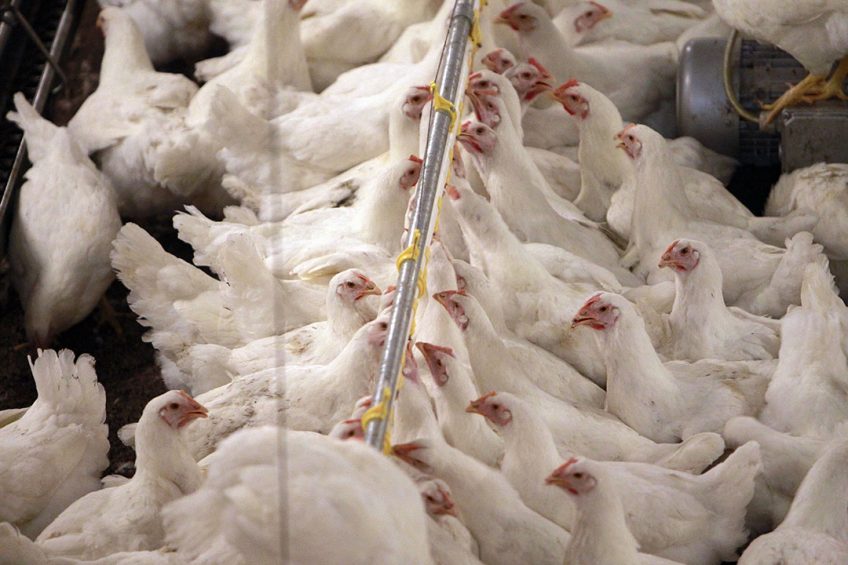Feather pecking advice for laying hen management

Social and non-social stressors during adolescence trigger aggressive interactions and negatively impact the feather cover of adult laying hens.
With hens often subjected to stress, including limited environmental enrichment when housed in large flocks and constant mixing, researchers looked at how unpredictable, repeated stressors during adolescence affect birds’ interest in and reactions towards conspecifics.
The study led by a team from the University of Guelph, Canada, hypothesized that birds subjected to unpredictable, repeated stressors would express more anti-social behaviours towards each other, resulting in poorer feather cover and more neck and head injuries.
White Leghorn laying hens (n=86) were individually tagged and systemically assigned to 6 stressed and 6 non-stressed groups (7 birds per group, 19 weeks of age).
According to a report in Zootecnicainternational, each group was housed in an enriched floor pen under commercial management conditions. Pens were video recorded for four weeks as a baseline to identify aggressive behavioural patterns of individual birds.
The 6 stressed groups were exposed to social, ie mixing with unfamiliar birds, manually restrained for 5 minutes and held in a transport crate in a crouched position for one hour and non-social stresses, such as introduction to a novel environment, removal of nest boxes or perches while the non-stressed groups were left undisturbed.
The behaviours were recorded and feather cover and injuries to the comb/head were scored on a binary scale and collected both before and after unpredictable, repeated stressors for all birds.
Poorer feather cover
Results showed aggressive interactions were significantly increased by the stress treatment (P=0.0091). Stressed birds also had significantly poorer feather cover and more injuries (P=0.0057 and P=0.03).
Meanwhile, research published in the International Journal of Agricultural and Biological Engineering, has shown that providing layer breeders with nest boxes in colony cages for natural mating can reduce feather pecking and cloacal cannibalism.
The results showed that the usage of next boxes gradually increased from the beginning (37 weeks) to the end of the experiment (55 weeks). The utilisation rate of nest boxes was 36.75%, 44.75% and 50.38% at the ages of 41, 47 and 53 weeks.
Hens in the cages without nest boxes showed significantly more frequent gentle feather pecking than hens in the cages with next boxes at 41, 47 and 53 weeks. A decreasing trend of gentle feather pecking frequency was found with the increasing age for both the two groups.
Both cannibalistic injury occurrence and mortality rates in the cages with nest boxes were significantly lower than in the cages without nest boxes, prompting the researchers to say that “providing next boxes in colony cages for natural mating could decrease abnormal pecking behaviours and improve welfare conditions of layer breeders.”












